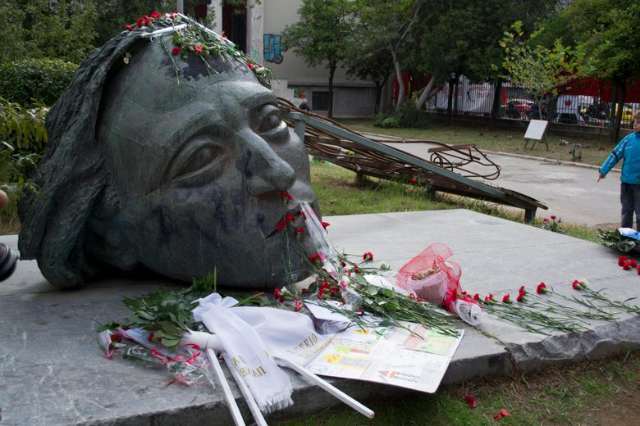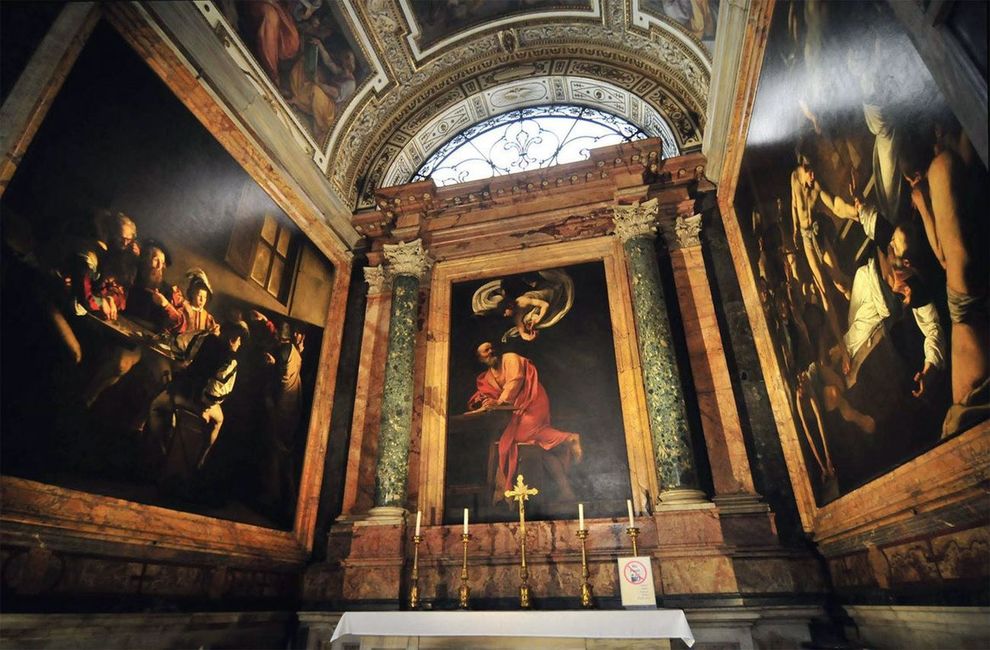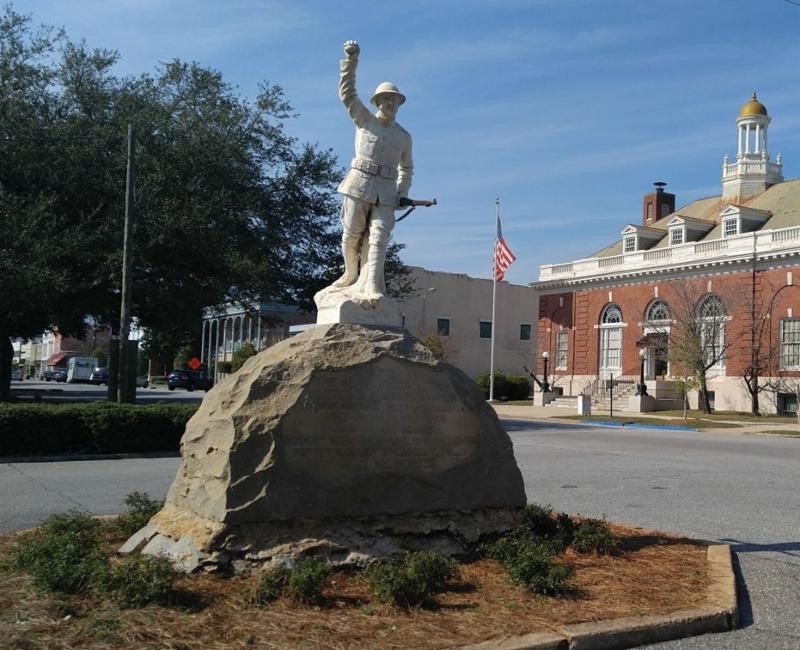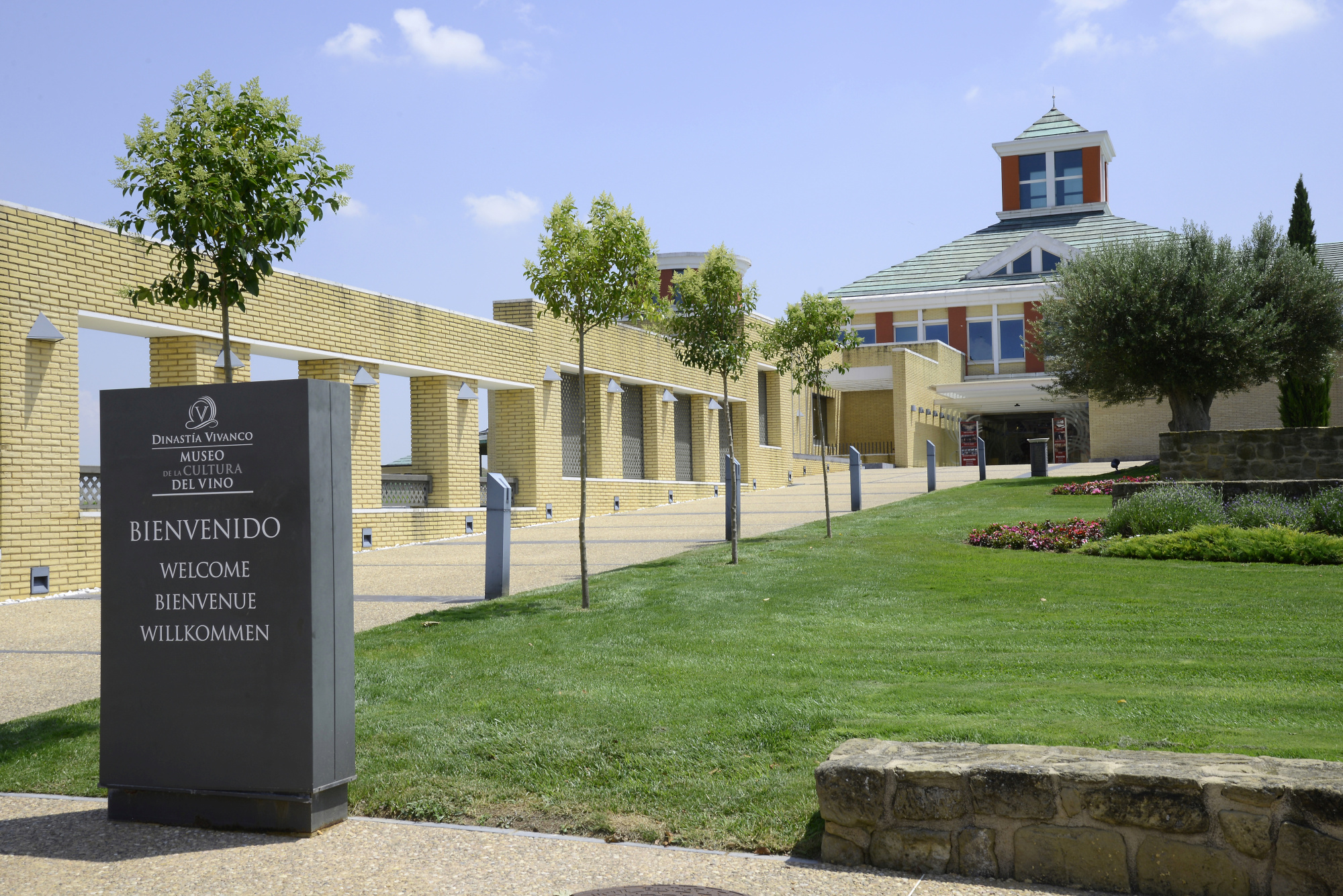The Athens Polytechnic Monument stands as an enduring symbol of resistance, democracy, and the fight for freedom in modern Greek history. Located in the heart of Athens, near the National Technical University of Athens (NTUA), this monument serves as a solemn remembrance of the student-led uprising against the military junta that ruled Greece from 1967 to 1974.
The monument is most prominently characterized by its crushed gate and a towering bronze head.
The crushed gate is a replica of the original gate of the Polytechnic, which was rammed by a tank on November 17, 1973, during the student uprising. The event led to numerous casualties and is considered a turning point in the struggle against the dictatorship, ultimately contributing to the regime’s downfall.
The giant bronze head, often described as hauntingly expressive, symbolizes the collective courage, sacrifice, and enduring spirit of those who stood against oppression. It serves as a visual anchor for the monument, drawing the eyes of passersby and compelling them to reflect on the weighty history it represents.
Inscriptions near the monument detail the historical context of the uprising and pay tribute to the bravery of the students and other participants who risked, and in some cases lost, their lives for the ideals of freedom and democracy.
The Athens Polytechnic Monument has become a pilgrimage site of sorts, especially on the anniversary of the uprising, when thousands gather to honor the fallen and celebrate the triumph of democratic values over authoritarian rule.
It is an essential visit for those interested in modern Greek history, political struggles for freedom, and the resilience of the human spirit.













